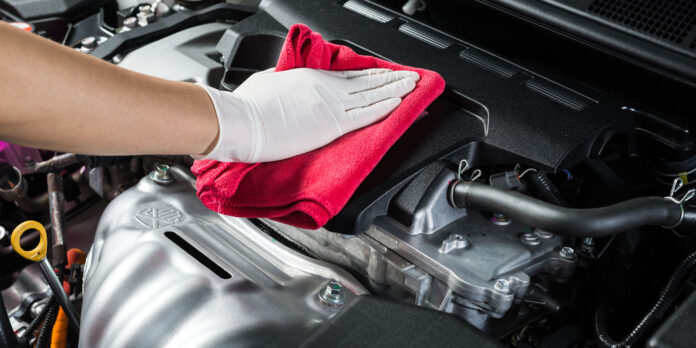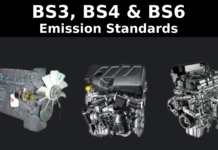Washing your car’s engine bay safely might seem daunting, but with the right steps, it’s easy. You can clear out dirt, grease, and debris without damaging anything. Washing your car’s engine bay safely not only makes it look great but also helps you spot leaks early and prevent corrosion. Engines have delicate electrical parts, like wiring and sensors, that need careful handling. Skipping the proper steps could lead to water damage and car trouble. This guide will walk you through the safest, most effective ways to wash your car’s engine bay safely without damage. Whether it’s your daily driver or a weekend warrior, these tips will keep your ride in top shape.
1. Why Clean Your Engine Bay?
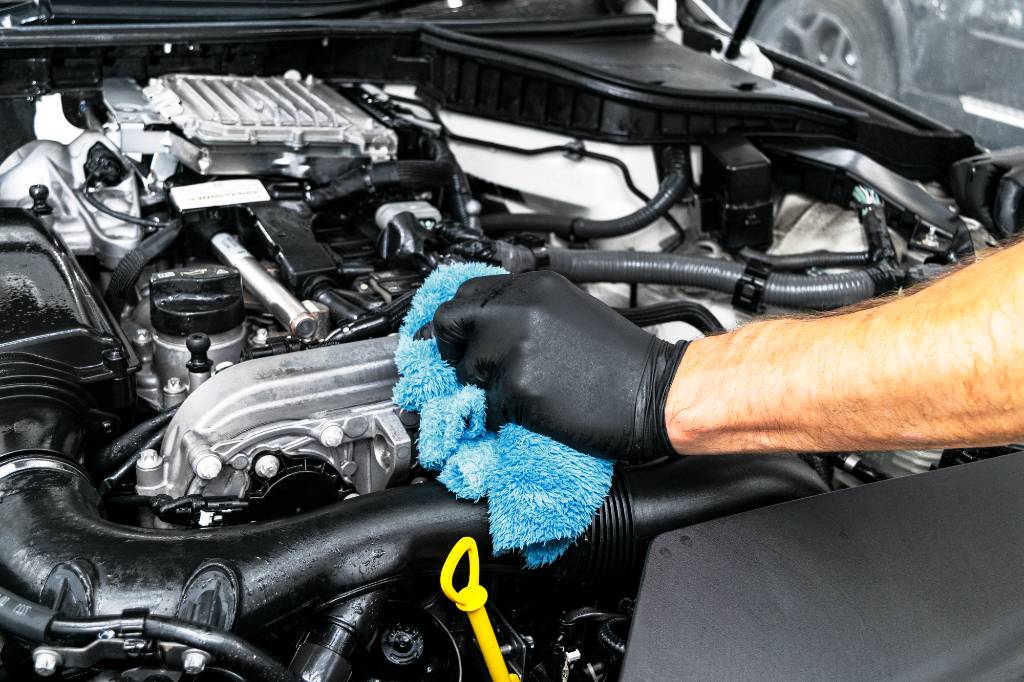
Cleaning isn’t just for bragging rights at the car wash though a spotless bay does feel good to show off. After five years, your engine builds up a grimy mix of dust, grease, and road salt. Maybe there’s even some spilled oil from a DIY change gone wrong. That junk traps heat, making your engine run hotter than it should. This is especially true for older models with a lot of miles. A dirty bay also hides important issues, like slow coolant leaks or fraying belts. Fixing these early saves you money and headaches. Plus, working on a greasy engine is a hassle. A clean one means no slippery tools or stained sleeves.And if you’re selling?
2. Tools and Supplies You’ll Need
Before you dive in, round up your gear nothing worse than being elbow-deep in grime and missing a towel. Here’s the full rundown. Grab plastic bags like Ziploc and painter’s tape to cover electronics. Keep microfiber towels handy they’re soft, absorbent, and won’t scratch. Use soft-bristle brushes, like an old toothbrush or a ₹90 paintbrush, for tight spots. Choose a car-safe degreaser like Simple Green, but avoid gasoline or harsh chemicals. A garden hose with a gentle spray nozzle works best skip the pressure washer. Compressed air cans or a leaf blower help dry tricky areas. Wear nitrile gloves to keep your hands clean and safe from chemicals. Fill a bucket with mild car soap avoid dish soap, as it’s too harsh. A protective spray like WD-40 Specialist or silicone dressing adds a final shine. Keep a screwdriver or wrench for plastic covers check your manual for hidden bolts. For a 5-year-old car, use a rust inhibitor spray like Rust-Oleum or POR-15. Older metal parts, like hood hinges and brackets, may start rusting after years of wear.
3. Prepping Your Car for the Wash
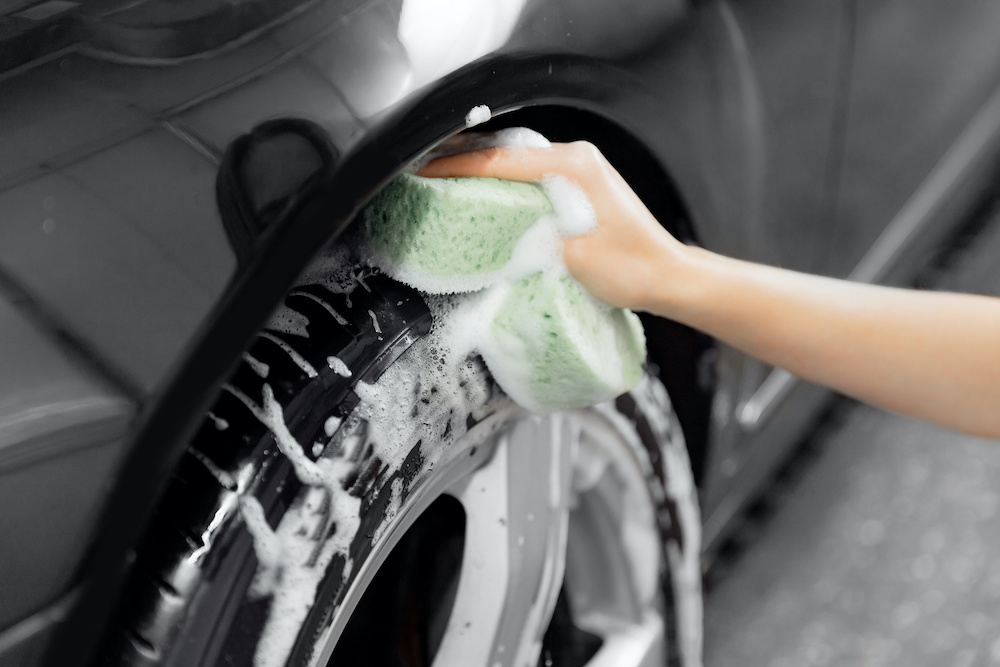
Prep’s where you win or lose this game think of it like setting up a tent before a storm. First, let the engine cool down. If you just finished a drive, wait 2-3 hours. On a hot day or after a long trip, give it even more time. Cold water on hot metal can crack blocks or warp heads nobody wants that. Park in a spot with good drainage, like a gravel driveway or a garage with a tarp. Avoid storm drains if you’re using chemicals keep the fish happy!
Pop the hood, prop it up, and take a minute to scout the layout. Spot the battery, alternator, air intake, and fuse box. Knowing what’s where saves you from guessing later. Cover electronics with plastic bags and secure them with painter’s tape. Skip duct tape it’s too sticky and leaves residue. On a 5-year-old car, check the wiring first. Heat over time can crack insulation, making water extra risky. Clear out loose junk like leaves, twigs, and dirt using a brush or compressed air. After five years, you might find a mini forest or an old gas station receipt. This 15-minute prep protects against water damage. Skip it, and you risk a fried alternator or soggy sensors.
4. Step-by-Step Engine Bay Cleaning Process
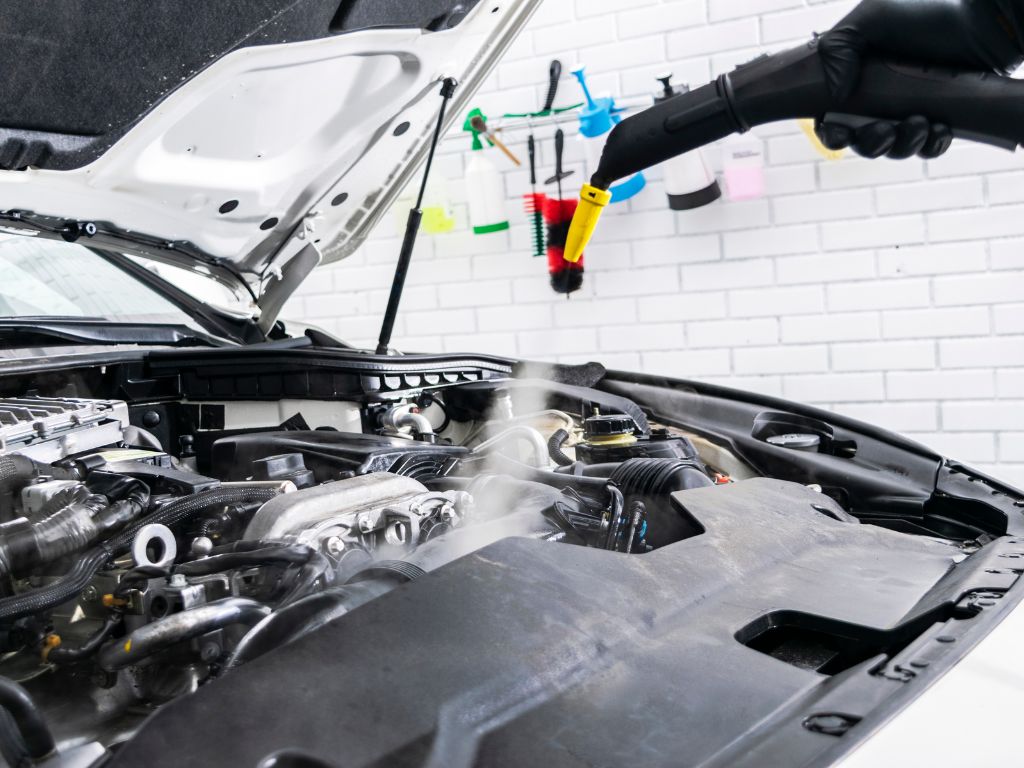
Start with a light rinse. Grab your hose, set it to a gentle shower mode, and give the engine a quick pass. This helps loosen dirt without soaking it—just dampen the grime. Next, target greasy areas like oil pans, valve covers, and the dipstick zone with a degreaser. Spray it on thick and let it sit for 5-10 minutes or 12 minutes for older, neglected buildup. Use a soft brush or toothbrush to scrub gently. Focus on metal surfaces and tight corners. Be careful with plastic and rubber heat makes them brittle, and rough scrubbing could cause cracks.
Rinse again with the nozzle at a 45-degree angle. This washes off the foam without forcing water into crevices. Make sure every bubble is gone. Mix car soap in a bucket, dip a microfiber towel, and wipe large areas like the hood underside or battery tray. This adds extra polish. For delicate spots near spark plugs or sensors, skip the hose. Instead, dab with a damp towel precision is better than flooding. On a 5-year-old car, check fabric heat shields or rusty bolts. Too much water can damage fabric or spread corrosion, so keep it light and targeted.
5. Drying and Finishing Touches
Drying’s the unsung hero skip it, and you’re inviting rust or electrical gremlins. Start by patting down standing water with dry microfiber towels. Don’t rub, or you might leave lint behind or snag something loose. Focus on flat spots like the battery top or metal trays. Then, grab your compressed air or leaf blower set to low. Blow water out of tight spots like wiring harnesses, connectors, and the area under the fuse box where towels can’t reach.
Let it air dry with the hood open for 1-2 hours. A sunny spot speeds it up, but a garage with a breeze works too. No rush let it breathe. Once completely dry, mist on some silicone dressing or WD 40 Specialist. This adds shine and water resistance to metal and plastic. For a 5-year-old car, spray rust inhibitor on exposed metal like hinges or brackets. Think of it as a shield against time. Start the engine for a minute to test. A smooth purr means success. If it sputters, water snuck in recheck covered spots and dry again. This step’s where patience pays off.
6. Common Mistakes to Avoid

I’ve seen these slip-ups turn a good day sour steer clear! Don’t grab a pressure washer it’s a beast that’ll blast water into sensors, crack old plastics (worse on a 5-year-old car), or peel paint; gentle hose only. Skipping covers for electronics? One splash in the alternator or battery terminals, and you’re looking at a repair bill that’ll sting bags are your friend. Over-wetting’s a trap too much water seeps into seals, corrodes connectors, or pools in hidden spots; aim for damp, not drenched. Cleaning a hot engine? You’ll steam-burn your hands, warp parts, or fog up the bay with nasty fumes waits it out. Harsh chemicals like gasoline or bleach? They’ll strip grime fast but chew through rubber hoses, gaskets, and even some plastics in no time stick to car-safe stuff. If you wash your car’s engine bay safely, your engine stays happy instead of haunting you with warning lights.
7. Unique Tips for a 5-Year-Old Car
Your 5-year-old ride has personality and maybe some battle scars. So, tweak the process. Check for wear like cracked hoses, faded plastic covers, or chalky wiring. Go gentle since heat and age make parts fragile. A heavy hand could split something. Rust patrol is key. After five years, metal can develop orange specks. Once dry, dab vinegar on small spots with a rag. Wipe clean, then apply rust inhibitor to stop further damage. Spot fresh oil while cleaning? That could mean a leak, like a bad gasket or loose filter bolt. A clean bay makes it easier to spot. Older sensors MAF, O2, or throttle body get touchy with time. Skip the spray and use a damp cloth instead. A soaked sensor can misfire or kill your fuel efficiency. For a bonus, buff battery terminals with a wire brush and baking soda paste 1:1 with water. Rinse with a wet rag, then dry. It’s a small detail that says, This car’s got love. These hacks ensure you wash your car’s engine bay safely, keeping your seasoned machine shining and solid.
Conclusion
Washing your engine bay isn’t risky if done right. The right tools, covered components, and a light touch with water prevent damage. A clean engine stops dirt buildup and helps it run cooler under stress. It also flags issues like leaks or wear before they become bigger problems. Follow these steps to wash your car’s engine bay safely, keeping it clean and running smoothly. Whether it’s five years old or fifteen, proper care keeps it in top shape.
FAQs
Q. How often should I clean my engine bay?
Ans. For a 5-year-old car, once or twice a year’s perfect more if you see leaks, heavy dirt, or live where salt’s a menace overdoing it risks water wear.
Q. Can I use dish soap instead of degreaser?
Ans. Not the best move it’s too aggressive, stripping coatings off rubber and plastic car-specific cleaners like Simple Green are gentler and smarter.
Q. What if water gets into the electronics?
Ans. Act fast blast it with compressed air, let it dry out a few hours; if it won’t start or acts funky lights flashing a mechanic’s your next stop.
Q. Is it safe to clean a rusty engine bay?
Ans. Yep, just ease up on water damp rags over sprays and seal it with rust inhibitor; soaking it can spread the rust party.
Q.Can I skip the plastic bags if I’m careful?
Ans. Nope one rogue splash into the alternator or fuse box could fry something pricey bags and tape are cheap insurance, use .


